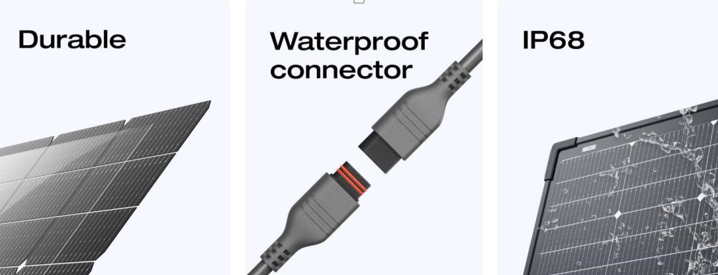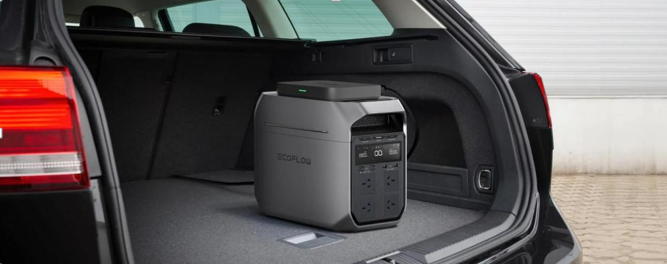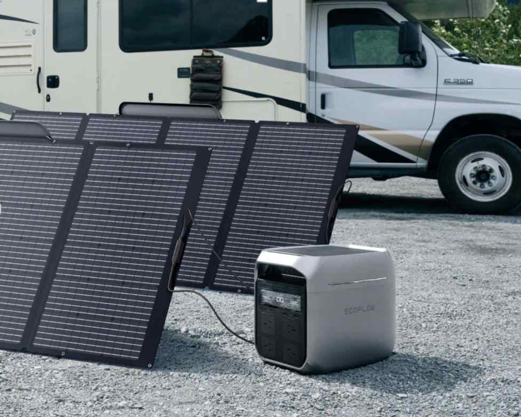Solar Panel Installation: A Homeowner’s Guide
Are you thinking about lowering your energy expenses and increasing the value of your home? Solar panel installation is one of the best investments a homeowner can make. This article will take you through every important stage and decision, from the initial site assessment to comprehending expenses and laws. By the conclusion, you’ll have a clear idea of what to anticipate and how to get started. Whether your objective is energy independence or lowering your carbon impact, this resource makes the solar journey easier.
What’s the Solar Installation Process Like?
Site Evaluation and Energy Audit
The process commences with a site assessment to determine the feasibility of solar panel installation at your residence. A professional will evaluate your property, measuring the roof area, orientation, and shading. They will also analyze your historical energy consumption to estimate your household’s solar energy requirements. Prior to installation, an energy audit may be conducted to identify strategies for enhancing system efficiency. At this stage, it is essential to ensure that the system aligns with your family’s needs, avoiding oversizing or undersizing. Site evaluation is the critical component of a successful solar initiative, as it maximizes both production and investment returns.
Choosing a Reputable Installer
Choosing the proper installer is critical to a successful and safe installation. Begin by looking at firms with certifications, such as NABCEP, and reading client reviews. Request references, verify licensing, and evaluate portfolios of previous work. A reliable installer gives detailed estimates, discusses equipment alternatives, and answers questions without pressure. They also assist with paperwork and inspections. Some may provide performance guarantees or long-term service contracts. Choosing a reputable firm guarantees that your solar panels are properly installed, adhere to local standards, and provide the performance you anticipate. Don’t rush—compare numerous quotations before making a selection.
See also: How Tech Is Helping to Preserve Endangered Species
Timeline and What to Expect
After choosing your installer, the entire procedure might take 1 to 3 months. Design and permitting often take a few weeks, depending on the local authorities. Once authorized, installation usually takes one to three days. Inspections and grid connection will follow. Expect some noise during installation and limited access to some places. Reputable installers keep you informed at all stages. The final step is to switch on your system after receiving utility clearance. Knowing the schedule allows you to prepare and prevent surprises. From beginning to end, effective communication and realistic expectations make the project easier to manage.

What to Consider Before Installing Solar Panels?
Roof Condition and Sun Exposure
Before installing solar panels, inspect your roof to ensure its condition. A roof nearing the end of its useful life should be replaced first to save future removal expenditures. A robust, damage-free surface improves panel attachment and longevity. Sun exposure is equally significant. South-facing roofs with little shade work best. Trim neighboring trees and prevent barriers such as chimneys or vents that might obscure sunlight. Solar experts utilize instruments to monitor sun exposure all year. These elements have a direct influence on how much energy your system produces. Prioritizing both roof quality and sunshine access guarantees that your investment yields long-term returns.
Permits, Incentives, and Regulations
Local permits are necessary before installing solar panels, and the restrictions vary by area. Your installer will usually manage this, but make sure to double-check the procedure. Many locations provide incentives such as federal tax credits, state rebates, and net metering, which can drastically lower prices. Some homeowners may be required to obey HOA restrictions or local zoning laws. Utilities also have laws in place for grid hookups and meter upgrades. Failure to comply might result in delays or penalties. Staying current on legal standards ensures that your system is authorized promptly and functions smoothly. These variables can also impact system design, installation, and long-term savings potential.
Cost, Financing, and Payback Period
A number of financing options are available, such as power purchase agreements (PPAs), leases, and loans. While leases offer cheaper upfront costs, loans offer ownership and access to tax advantages. Depending on the system size, power pricing, and incentives, the typical payback period is between six and ten years. Think about long-term savings: solar systems can cut energy costs by at least half. Examine quotes attentively, then calculate what works inside your budget. You can maximize your solar energy benefits without incurring debt, thanks to smart financing.
Conclusion
Installing solar panels is a wise decision, but it takes careful planning. Every step is critical, from assessing your area to picking a professional installation and understanding the costs. Knowing how long the operation will take and what permits are necessary helps keep things on track. Before you jump in, assess your roof, check into rebates, and select a financing plan that meets your requirements. With the right technique, your system will produce both clean energy and long-term savings. Now that you know what’s necessary, you can start your solar adventure with confidence, making your home greener and more energy-efficient.






